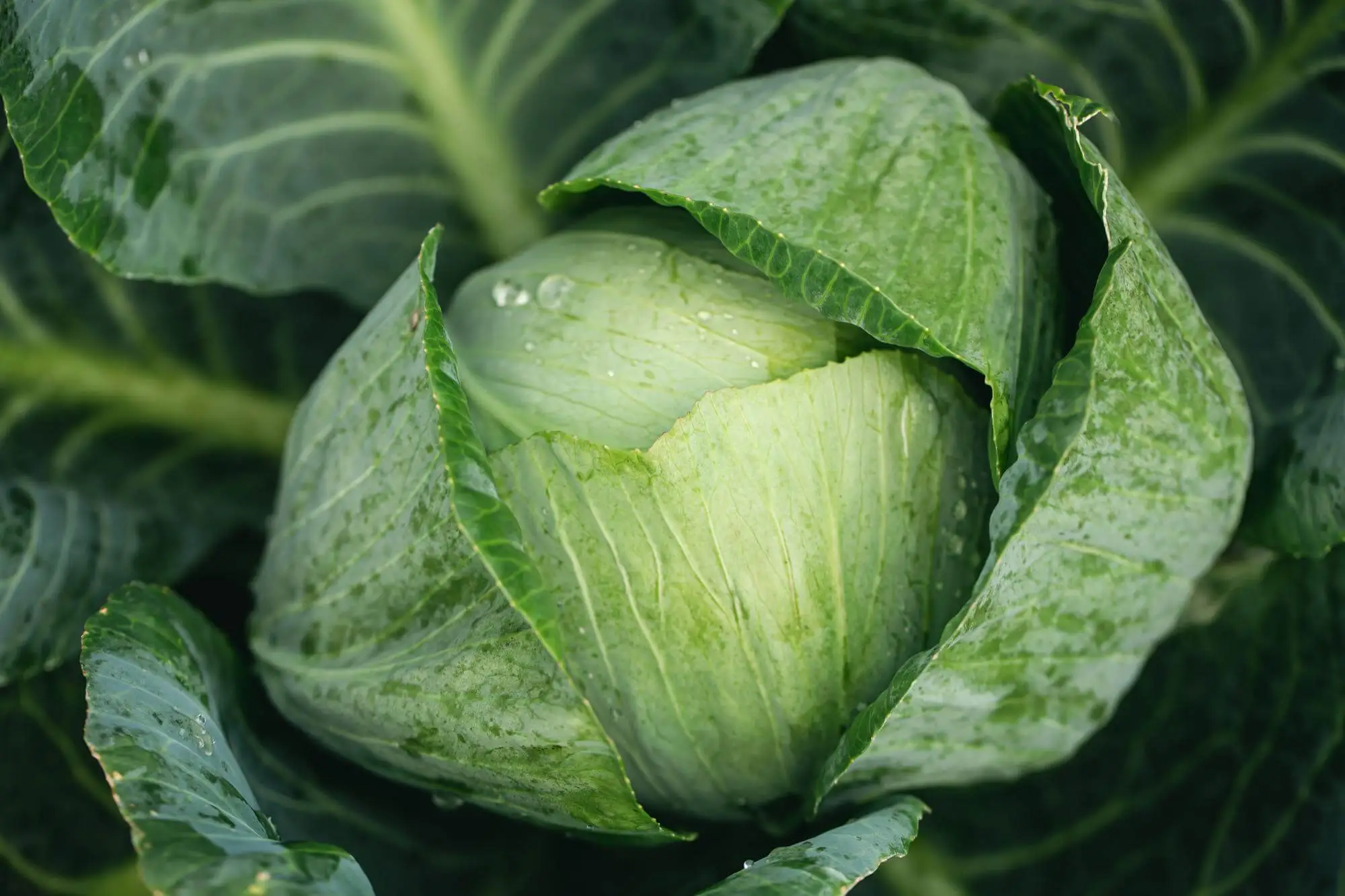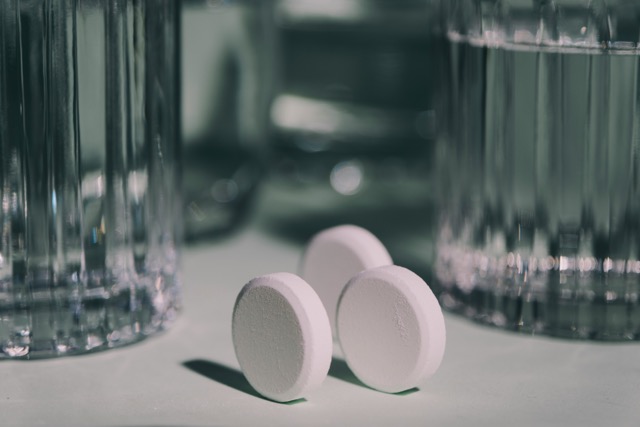The impact of Nutrition on Gut Flora, Resilience and Aging Process
New research provides clues about the influence of certain foods

A healthy intestinal microbiome is considered the key to better digestion, a strong immune system and a slower aging process. But which foods promote these beneficial bacteria — and which unbalance them?
A recent study has investigated exactly that and a Nutrition index developed, which shows how strongly certain foods influence the microbiome. The DI-GM (Dietary Index for Gut Microbiota) provides for the first time a structured overview of what should end up on the plate in everyday life in order to support the microbiome.
How the nutritional index works
More than 100 scientific papers were evaluated to develop the DI-GM. The aim was to identify the food groups that show particularly significant effects on the microbiome in studies.
- Positive foods stand for a more diverse, healthier intestinal flora.
- Negative foods are associated with inflammation or a reduced variety of microbes.
Each component is assessed and the result is an overall score: The higher the score, the more beneficial the diet for the microbiome.
The winners: Foods that the microbiome loves
The results confirm what many already suspect: a plant-based, fiber-rich diet strengthens beneficial intestinal bacteria. The following have a particularly positive effect:
- Fermented milk products, such as yogurt or kefir
- legumes such as lentils, beans, and chickpeas
- soy products such as tofu or edamame
- whole grains and other fiber-rich foods
- berries, especially cranberries
- vegetables, especially broccoli and other cruciferous vegetables
- avocado
- coffee and green tea (in moderate amounts)
These foods provide valuable fiber, polyphenols and other substances that are metabolized by the “good” bacteria in the intestines. This produces health-promoting substances such as butyrate, which inhibit inflammation and strengthen the intestinal barrier.
The losers: Foods that upset the balance
Some foods can weaken the microbiome or reduce its diversity. The following have a particularly adverse effect:
- Red meat (e.g. beef, pork)
- Processed meat (e.g. sausages, bacon)
- Refined carbohydrates such as white bread or pastries
- Very high-fat diet, especially with saturated fats
An excess of these products promotes microbes, which can have an inflammatory effect. In the long run, this can increase the risk of metabolic disorders and chronic diseases.
Small changes with big effects
Particularly exciting: The DI-GM score was compared with biomarkers in urine, which allow conclusions to be drawn about the activity of the microbiome. Even small improvements in nutrition showed measurable effects. An increase of just one point in the score was associated with a significantly more favorable biomarker profile.
This means that even small steps — such as one more portion of legumes per week, yogurt instead of a highly processed snack, or whole grains instead of white flour — can make a big difference in the long term.
Why it is important
The microbiome influences not only digestion, but also the immune system, inflammatory processes and possibly even biological age. The new index can help to make dietary patterns measurable and support long-term changes. Even though DI-GM is still being researched further, it delivers a clear message:
A varied, plant-based diet with natural foods is the best way to keep the microbiome healthy — and thus also to promote your own health and lifespan.
How microbiome friendly is your own diet?
This short quiz shows whether the current diet strengthens or weakens the microbiome.
Question 1
How often do you eat fermented foods such as yogurt, kefir, sauerkraut, or kimchi?
a) Almost never
b) 1-2 times a week
c) Daily or almost daily
Question 2
How often are legumes such as lentils, beans or chickpeas on the menu?
a) Never or very rarely
b) 1-2 times a week
c) Several times a week
Question 3
How regularly do you eat red or processed meat (e.g. sausage, bacon, beef)?
a) Almost every day
b) A few times a week
c) Rarely or never
Question 4
How many portions of vegetables and fruit do you eat on a typical day?
a) 1—2 portions
b) 3-4 portions
c) 5 or more portions
Question 5
Which of these drinks do you consume regularly?
a) Soft drinks or heavily sweetened drinks
b) Coffee or green tea (unsweetened or slightly sweetened)
c) Both mixed, depending on the day
Evaluation
How often was a, b, or c selected:
- Mostly A — Development work required
The microbiome needs more support. Gradually switching to fresh, fiber-rich and, if possible, unprocessed foods can make a big difference.
- Mostly B — On the right track
The diet already contains beneficial elements. With minor adjustments, the diversity of the intestinal flora can be further improved.
- Mostly C — Microbiome champion
The diet provides optimal nutrients and has a supportive effect on the good bacteria in the intestines. Keep it up — a strong microbiome is the basis for health and longevity.
References
Huang Yingxuan, Liu Xiaobo, Lin Chanchan, Chen Xinqi, Li Yingyi, Huang Yisen, Wang Yubin, Liu Xiaoqiang, “Association between the Dietary Index for Good Microbiota and Diabetes: the Mediating Role of Phenotypic Age and Body Mass Index,” Frontiers in Nutrition, Volume 12 - 2025, doi=10.3389/fnut.2025.1519346
Publiziert
6.10.2025
Kategorie
Health

Experte
A healthy intestinal microbiome is considered the key to better digestion, a strong immune system and a slower aging process. But which foods promote these beneficial bacteria — and which unbalance them?
A recent study has investigated exactly that and a Nutrition index developed, which shows how strongly certain foods influence the microbiome. The DI-GM (Dietary Index for Gut Microbiota) provides for the first time a structured overview of what should end up on the plate in everyday life in order to support the microbiome.
How the nutritional index works
More than 100 scientific papers were evaluated to develop the DI-GM. The aim was to identify the food groups that show particularly significant effects on the microbiome in studies.
- Positive foods stand for a more diverse, healthier intestinal flora.
- Negative foods are associated with inflammation or a reduced variety of microbes.
Each component is assessed and the result is an overall score: The higher the score, the more beneficial the diet for the microbiome.
The winners: Foods that the microbiome loves
The results confirm what many already suspect: a plant-based, fiber-rich diet strengthens beneficial intestinal bacteria. The following have a particularly positive effect:
- Fermented milk products, such as yogurt or kefir
- legumes such as lentils, beans, and chickpeas
- soy products such as tofu or edamame
- whole grains and other fiber-rich foods
- berries, especially cranberries
- vegetables, especially broccoli and other cruciferous vegetables
- avocado
- coffee and green tea (in moderate amounts)
These foods provide valuable fiber, polyphenols and other substances that are metabolized by the “good” bacteria in the intestines. This produces health-promoting substances such as butyrate, which inhibit inflammation and strengthen the intestinal barrier.
The losers: Foods that upset the balance
Some foods can weaken the microbiome or reduce its diversity. The following have a particularly adverse effect:
- Red meat (e.g. beef, pork)
- Processed meat (e.g. sausages, bacon)
- Refined carbohydrates such as white bread or pastries
- Very high-fat diet, especially with saturated fats
An excess of these products promotes microbes, which can have an inflammatory effect. In the long run, this can increase the risk of metabolic disorders and chronic diseases.
Small changes with big effects
Particularly exciting: The DI-GM score was compared with biomarkers in urine, which allow conclusions to be drawn about the activity of the microbiome. Even small improvements in nutrition showed measurable effects. An increase of just one point in the score was associated with a significantly more favorable biomarker profile.
This means that even small steps — such as one more portion of legumes per week, yogurt instead of a highly processed snack, or whole grains instead of white flour — can make a big difference in the long term.
Why it is important
The microbiome influences not only digestion, but also the immune system, inflammatory processes and possibly even biological age. The new index can help to make dietary patterns measurable and support long-term changes. Even though DI-GM is still being researched further, it delivers a clear message:
A varied, plant-based diet with natural foods is the best way to keep the microbiome healthy — and thus also to promote your own health and lifespan.
How microbiome friendly is your own diet?
This short quiz shows whether the current diet strengthens or weakens the microbiome.
Question 1
How often do you eat fermented foods such as yogurt, kefir, sauerkraut, or kimchi?
a) Almost never
b) 1-2 times a week
c) Daily or almost daily
Question 2
How often are legumes such as lentils, beans or chickpeas on the menu?
a) Never or very rarely
b) 1-2 times a week
c) Several times a week
Question 3
How regularly do you eat red or processed meat (e.g. sausage, bacon, beef)?
a) Almost every day
b) A few times a week
c) Rarely or never
Question 4
How many portions of vegetables and fruit do you eat on a typical day?
a) 1—2 portions
b) 3-4 portions
c) 5 or more portions
Question 5
Which of these drinks do you consume regularly?
a) Soft drinks or heavily sweetened drinks
b) Coffee or green tea (unsweetened or slightly sweetened)
c) Both mixed, depending on the day
Evaluation
How often was a, b, or c selected:
- Mostly A — Development work required
The microbiome needs more support. Gradually switching to fresh, fiber-rich and, if possible, unprocessed foods can make a big difference.
- Mostly B — On the right track
The diet already contains beneficial elements. With minor adjustments, the diversity of the intestinal flora can be further improved.
- Mostly C — Microbiome champion
The diet provides optimal nutrients and has a supportive effect on the good bacteria in the intestines. Keep it up — a strong microbiome is the basis for health and longevity.
Referenzen
Huang Yingxuan, Liu Xiaobo, Lin Chanchan, Chen Xinqi, Li Yingyi, Huang Yisen, Wang Yubin, Liu Xiaoqiang, “Association between the Dietary Index for Good Microbiota and Diabetes: the Mediating Role of Phenotypic Age and Body Mass Index,” Frontiers in Nutrition, Volume 12 - 2025, doi=10.3389/fnut.2025.1519346
Publiziert
6.10.2025
Kategorie
Health

.svg)





.jpg)








